The internal combustion engine is, in essence, an air pump. It pulls air in, mixes it with fuel, hits it with a spark, and kaboom – we have motivation. Heat works against this process though, so anything that can be done to cool the air going into the motor benefits performance. Think of hood scoops as the original cold air intake, shoving outside air directly into the motor rather than forcing it to travel through a hot engine bay to reach its destination.
During the heyday of the muscle car craze of the late 1960s and early 70s, manufacturers brought a number of different hood scoop designs to market, from the non-functional types found on early Pontiac GTOs to vacuum-operated scoops like the Air Grabber on the Plymouth Road Runner and GTX and the cowl induction systems used on models like the Chevrolet Chevelle. All of them had their merits, be it aesthetic, performance, or both – but none of them had the outright cool factor of the Shaker hood scoop.
What made the Shaker design stand apart from a traditional hood scoop was that rather than using the shape of the hood to direct air into the engine, a hole was cut into a flat hood instead, and the scoop was fastened directly to the motor itself. When the hood was closed, the scoop would then peek out above the bodywork, allowing it to grab fresh air.
 Since the Shaker was attached to the engine rather than the bodywork, a side benefit of the design was that the scoop would idle along with the lopey camshaft of the high performance motor it was attached to, so when you stabbed the throttle at a stoplight, you’d see the scoop shimmy and lurch around independently of the car itself.
Since the Shaker was attached to the engine rather than the bodywork, a side benefit of the design was that the scoop would idle along with the lopey camshaft of the high performance motor it was attached to, so when you stabbed the throttle at a stoplight, you’d see the scoop shimmy and lurch around independently of the car itself.
Some initial Chrysler brochures referred to the scoop design as the “Incredible Quivering Exposed Cold Air Grabber”, but, mercifully, someone within the company had the sense to adopt the colloquial “shaker” term that Ford and Pontiac guys were already using to describe similar setups offered on Mustang and Goats of the day.
After just a few years on the market as an option on both the Dodge Challenger and the Plymouth Barracuda, Chrysler’s Shaker scoop – along with most of the rest of the performance hardware of the day – fell by the wayside as government regulations, skyrocketing insurance premiums, and a new nationwide focus on fuel economy worked in tandem to bring the muscle car era to a close by the mid-1970s.
For Mopar fanatics, interest in a revival of the Shaker scoop picked up steam when the LX platform that underpins the 300, Charger and (in a modified form) Challenger debuted in 2005, which finally gave Chrysler fans a rear wheel drive, Hemi-powered car to work with again. It didn’t take long before aftermarket companies like Danko Reproductions noticed an opportunity to recapture some of that Mopar muscle car heritage, and they began offering shaker-style scoop retrofits for those cars, as well as the tragically short-lived Dodge Magnum.
It wasn’t until 2008 that we got our first hint at a potential return of the factory-installed Shaker scoop when Dodge showcased a Viper-powered Challenger SRT10 Concept at the SEMA show, replete with a pair of massive nostrils sticking out through an opening in the hood. The Challenger SRT10 and its Shaker scoop never managed to get past the conceptual stage, and nearly half a dozen years went by with the aftermarket continuing to fill the hole by Chrysler’s performance division. In 2013, Dodge finally brought back the scoop as a factory-installed option when it unveiled the new 2014 Dodge Challenger R/T Shaker trim package at that year’s SEMA show.
With the 2015 model year ushering in a refresh of the Challenger line, Dodge is now offering the Shaker option on both the Challenger R/T and the new Challenger R/T Scat Pack, and we recently got a chance to get some time behind the wheel of a six-speed equipped Challenger R/T Scat Pack Shaker at an event just prior to the 10th Annual Spring Festival of LX.
From a performance standpoint, the Scat Pack option for the Charger and Challenger is essentially what the SRT “Core” model was for the previous two years – a stripped down version of the SRT model that boasts the same 4-piston Brembo brakes, performance exhaust, gearbox, and 6.4-liter V8 as the SRT model, but for substantially less money. While the Scat Pack models do not share the supercar-level six-piston Brembo brakes, three-way adaptive suspension and other SRT-specific features included with the SRT 392 and SRT Hellcat, the Challenger Scat Pack is an absolute performance bargain starting at $39,890, or $43,490 with the Shaker package, which includes Shaker-specific body graphics and Alcantara interior trim. Simply put, the Scat Pack Challenger and Charger are the most powerful vehicles you can currently buy for under $40K.
Despite being a functional piece, the 392 is rated at the same 485 hp/475 lb-ft output whether you spring for the Shaker scoop or not. When pressed for answers, SRT engineers told us that while the motor gets the same software calibration regardless of how air is delivered to the engine, the main performance benefits of the Shaker scoop can be seen at the track, where high temperatures could possibility force the engine to dial back some power during prolonged thrashing on standard Scat Pack cars – an issue which SRT says the Shaker design is better suited to prevent.
That re-tuned Hemi feels noticeably stronger for 2015, and it’s happier than ever to fry the tires from a stoplight whenever your right foot gets the slightest inclination. Dodge says the Challenger Scat Pack is capable of 0-60 sprints in the low four second range and quarter mile times in the mid-to-low 12s when equipped with the 8-speed TorqueFlight automatic, and from our time behind the wheel, we see no reason to doubt that claim. Coupled with a fantastic active exhaust system, brakes that can get the big coupe to a stop from sixty miles per hour in under 120 feet and a taut suspension that effectively corrals body roll without resorting a punishingly harsh ride, and the Scat Pack models might just be the unsung performance heroes of the Challenger and Charger lineup.
Yes, 707 horsepower is bananas, but when cruising around at four-tenths you’d honestly be hard pressed to notice a substantial difference between a Scat Pack and a Hellcat model. Considering what you’re getting here at an asking price that’s more than 30 percent lower than SRT’s top dog, potential Challenger Scat Pack owners will have plenty to crow about in their own right, especially if they opt for the Shaker scoop – an option that’s not available on the SRT models.
Scat Pack buyers, free to keep that one in your back pocket, as you’ll no doubt get your share of “should have gotten a Hellcat” comments from the peanut gallery. Of course, your other option is just take them for a ride and shut them up once and for all.









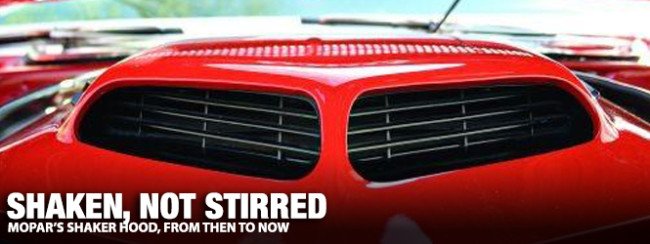



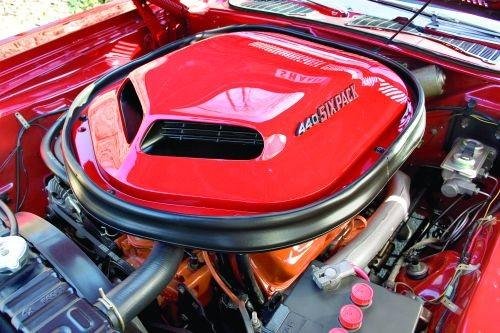

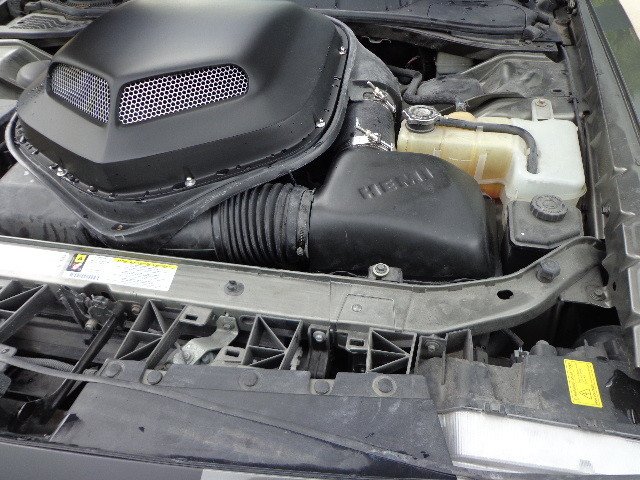
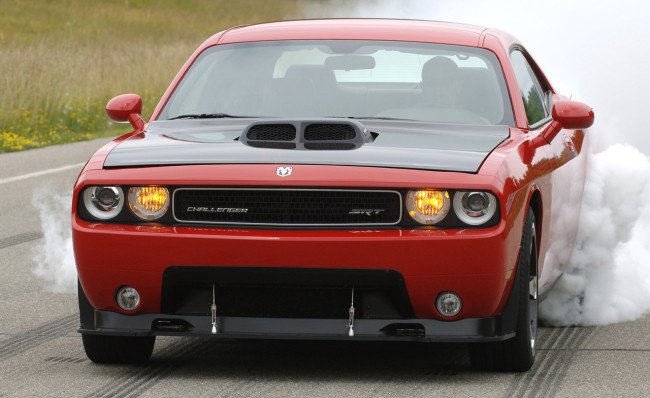
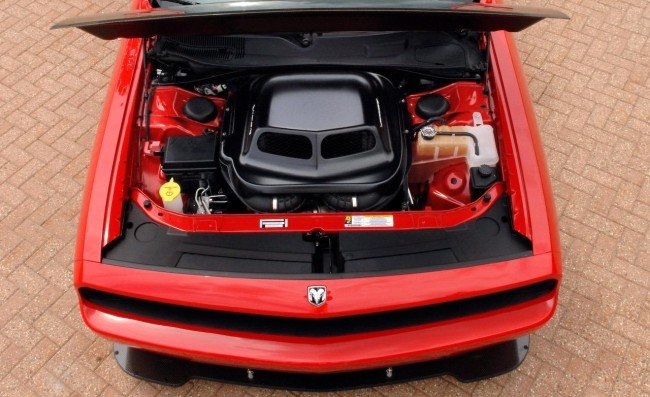
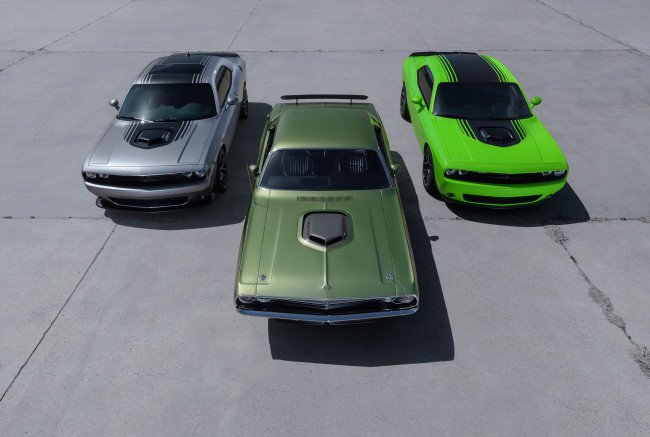

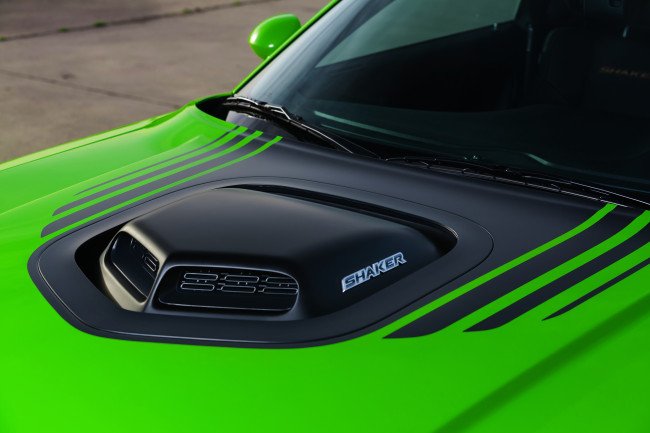







 Mopar Connection Magazine – The ONLY Daily Mopar Magazine © 2022. All Rights Reserved. Mopar Connection Magazine is the ONLY daily Mopar Magazine bringing you the latest Mopar news, technology, breaking news, and Mopar related events and articles. Find out the latest information about Mopar, Mopar products and services, stay up to date on Mopar enthusiast news, dealership information and the latest Mopar social media buzz! Sign up for the Mopar Connection Magazine newsletter for the latest information about new products, services and industry chatter. Mopar Connection Magazine is the best and only source you need to be a Mopar industry insider!
Mopar Connection Magazine – The ONLY Daily Mopar Magazine © 2022. All Rights Reserved. Mopar Connection Magazine is the ONLY daily Mopar Magazine bringing you the latest Mopar news, technology, breaking news, and Mopar related events and articles. Find out the latest information about Mopar, Mopar products and services, stay up to date on Mopar enthusiast news, dealership information and the latest Mopar social media buzz! Sign up for the Mopar Connection Magazine newsletter for the latest information about new products, services and industry chatter. Mopar Connection Magazine is the best and only source you need to be a Mopar industry insider! by
by